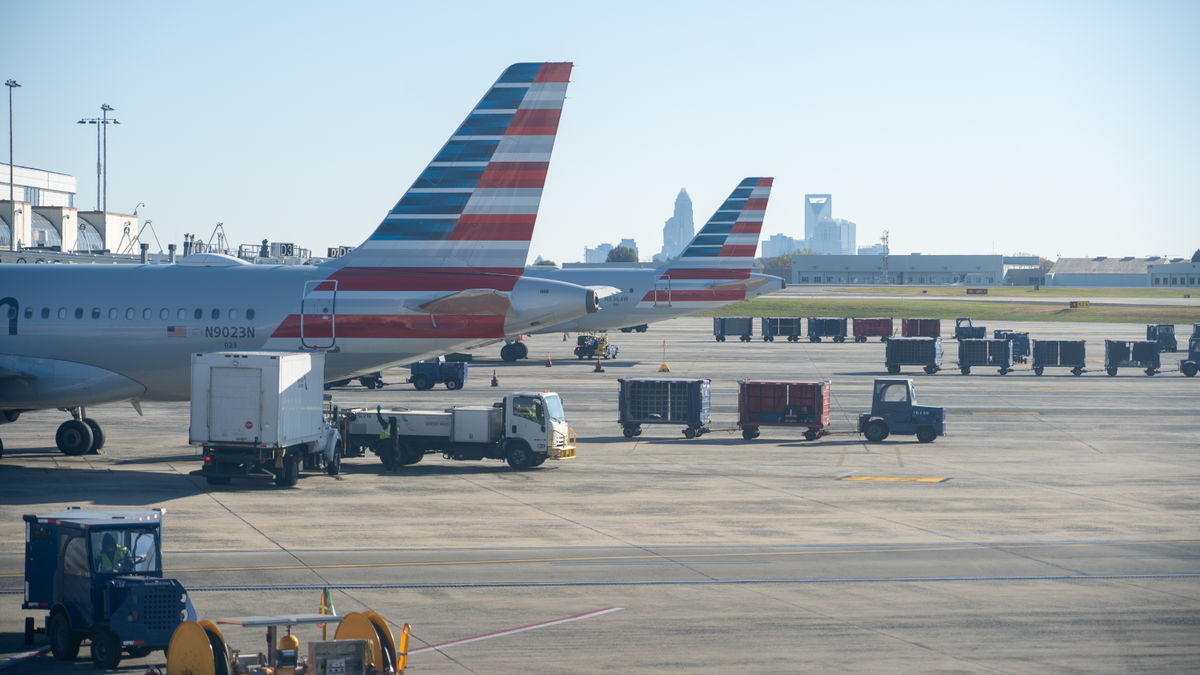by Mia Taylor
Last updated: 3:05 PM ET, Thu March 27, 2025
In the three-years leading up to the deadly midair collision in January between a Blackhawk helicopter and an American Airlines plane, there were more than 15,000 occasions in which commercial airplanes and helicopters got within just 400 feet of each other.
A preliminary report from the National Transportation Safety Board (NTSB) has also revealed that on some 85 occasions, helicopters and commercial planes got even closer, within 200 feet of each other in the airspace around around Ronald Reagan National Airport.
The NTSB report and its revelations were the focus of discussion today at an Aviation Subcommittee hearing on Capitol Hill.
The subcommittee's members are trying to get to the bottom of what caused the deadly January 29 midair collision between a helicopter and an American Airlines commercial jet. The accident led to 67 lives lost.
"As we seek answers, the NTSB's preliminary report has alarming facts," Sen. Maria Cantwell, ranking member of the U.S. Senate Committee on Commerce, Science & Transportation.
"FAA's air traffic managers approve helicopter route charts annually, so if the data raised questions about the safety of these routes, the ball clearly falls into the FAA's court as to whether to act on this data or make changes where the helicopters can fly in DCA," Cantwell said in response to the revelation that helicopters and planes are repeatedly flying dangerously close to each other around Ronald Reagan National Airport near Washington D.C.
A helicopter at 200 feet would only have 75 vertical feet separation from an airplane approaching on Runway 33, for instance, Cantwell said.
"These findings reveal a very systemic issue that demands answers from our witnesses today," said Cantwell, who asked why the FAA did not act on 15,000 reports of dangerous proximity.
The FAA's acting administrator, who was present at today's hearing, said he knows the agency needs to make improvements, according to an ABC8 report.
"The professionals at the FAA take their jobs seriously and strive to ensure safety every day. But the fact of the matter is that we have to do better," Chris Rocheleau told the committee. "We have to identify trends, we have to get smarter about how we use data, and when we put corrective actions in place, we must execute them."
The FAA has said it plans to use artificial intelligence to sort through millions of reports it has collected to determine whether there are similar safety risks in other locations around the country that also experience heavy helicopter traffic. Rocheleau said at today's hearing that the review could be completed in a matter of weeks, per ABC8.
Elected officials were also startled to learn at today's hearing that military helicopters continue to this day to fly in the area of the nation's capital without broadcasting their locations.
U.S. Army's head of aviation Brig. Gen. Matthew Braman admitted as much during the hearing. Telling officials the helicopters fly with a key system broadcasting their locations (known as the ADS-B Out signal) turned off during missions. The broadcasting of their locations is meant to let air traffic controllers track the helicopter.
Braman added that the helicopters' highest priority is evacuating top government officials in the event of an attack. While he said that the military has changed policies governing when aircraft must transmit their location, many continue to fly without the system on.
Cantwell expressed frustration over the current approach to operations.
"The Army Black Hawk helicopter was not transmitting what is known as ADS-B Out signal, although we don't know why," said Cantwell." What we do know is that the military told our colleague, House Delegate Eleanor Holmes Norton in 2023 that the military operates 100% of its flights in the National Capital Region without this safety technology -- 100% of the time."
Cantwell said she wrote Secretary Hegseth about this issue on March 7, asking that he respond by March 21. Hegseth never responded to Cantwell's request for information.
For the latest travel news, updates and deals, subscribe to the daily TravelPulse newsletter.
.png)
.png) 2 weeks ago
2
2 weeks ago
2









 English (US) ·
English (US) ·  Spanish (ES) ·
Spanish (ES) ·